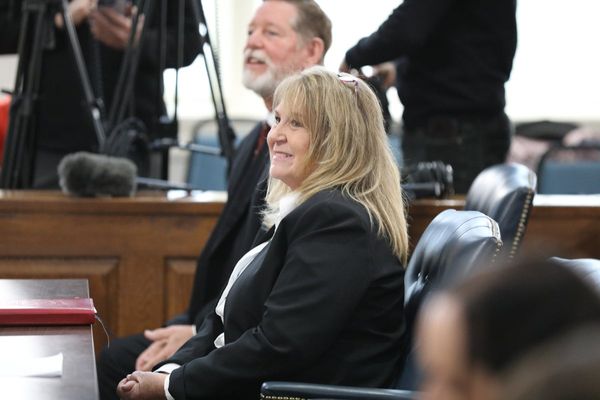
Government funding for an unwanted barrier on the South Island’s wild West Coast should be spent elsewhere, property owners say
The Government’s about to waste millions of dollars on a sea wall for Hokitika that locals say is not wanted, not in the right place and possibly illegal.
The West Coast Regional Council was granted $3.8 million from the Government’s Covid-response fund to extend the town’s existing sea wall by 1km.
It was one of several projects pitched in haste two years ago as shovel-ready with the aim of protecting shops and houses along the shoreline from erosion and sea surges.
But about 40 residents who live near the beach have been fighting the plan ever since.
The Hokitika Coastal Protection Alliance says the original wall, built 10 years ago when the beach was rapidly eroding, was effectively an exercise in land reclamation.
That was illegal, the group’s president Mark Mellsop-Melssen told the council’s sea wall committee last week.
“You can’t use emergency rules for land reclamation. We were consulted and we agreed to a wall on the erosion line close to our property boundaries, but the council went ahead and built it 20-30m out towards the sea.”
The group says under the the NZ Coastal Policy Statement, sea walls should be designed to minimise adverse effects on the coastal environment, and public land should not be used to protect private property unless there’s significant public benefit.
At present the beach is building up again, so there’s no immediate threat to homes or businesses, the group says.
And the council’s own reports don’t identify any seawater inundation hazard.
“So our opinion is that a hearings commissioner looking at the council proposal of a wall 25-40m from private land will decide against it without much hesitation,” Mellsop-Melssen says.
“The council, on the other hand, which has never bothered getting consents in the past, seems blissfully unaware of the process.”
The council has built three temporary sea walls for Hokitika over the years, all under emergency rules and none formally consented, Mellsop-Melssen says.
“There’s no documentation about this on the council files to justify that and no retrospective consents either, which you’re supposed to have within 90 days under the Resource Management Act. Our barrister’s told the council that.”
‘Rushed process’
The design for the latest sea wall extension was now being peer-reviewed; consents will be applied for and so far no government funding has been drawn down, the council heard.
But in a letter to the council last month, the group’s lawyers, Ruby Haazen and Rob Enright, say there’s concern the council has rushed a process in order to retain access to government emergency funding.
“[It has] set aside proper investigation of the immediate need for the sea wall including consideration of viable alternatives and proper engagement with the community.”
The council had made no effort to look at the long-term issues or take an adaptive approach to the future hazards, say the lawyers.
“The existing temporary and proposed permanent rock revetment will disrupt the natural environment affecting fauna [penguins], natural character and people’s amenity and recreation access to beach.”
Their letter concludes: “A wall that’s designed to last 15 years doesn’t warrant the expenditure of some $5 million of public funds, (including ratepayers’ money) where no public or private assets are immediately at risk.”
Recently retired Westland mayor Bruce Smith defends the sea wall plan.
The original rock wall was built to protect the township’s homes and businesses in Revell St and had worked well, he says.
“Over the years I’ve witnessed cyclones and westerly sea surges coming in, and I’ve spoken to several seaside residents about the [existing] wall and they say it’s a godsend. It’s doing its job.”
Regional Council chair Allan Birchfield is unhappy with the “negativity” of the wall opponents.
“We’ve got a lot of experience of building stopbanks. The one in Greymouth’s an example. It’s worked perfectly. It’s saved Greymouth numerous times. We know how to design it and build it and we will do it properly.”
But Mellsop-Melssen says the project should be scrapped and the community should be consulted about what it wants.
“We are over being charged for things we have no control over and are done under a level of illegality which is just irresponsible and we’re not prepared to put up with it any more,” he told the meeting.
The $3.8 million should be handed back to the Government and put to better use, the Hokitika man says.
“We appreciate council has gone to the trouble of gaining this funding. But trying to continue the project is not good use of the money for the Government and it would be better spent on many other projects to secure Hokitika’s future.”
The resource consents for the sea wall are likely to be publicly notified.
Made with the support of the Public Interest Journalism Fund








